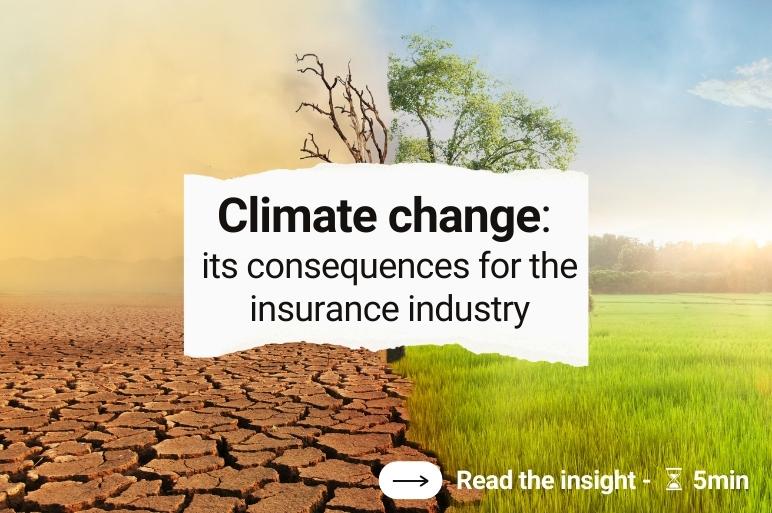Navigating the Storm: Climate Change and its Impact on Insurance:
Introduction:
In an era defined by the ever-growing concerns surrounding climate change, the ripple effects of global warming extend far beyond just environmental shifts. The insurance industry, a cornerstone of risk management, is witnessing profound transformations as it grapples with the escalating consequences of climate change. In this article, we delve into the intricate relationship between climate change and the insurance sector, exploring the challenges it poses and the innovative solutions emerging to navigate this changing landscape.
Section 1: The Rising Tide of Climate Change
The first section sets the stage by providing a brief overview of the current state of climate change. Statistics and key indicators showcase the severity of the issue, emphasizing the need for proactive measures in various sectors.
Section 2: Changing Weather Patterns and Insurance Risks
This segment delves into the direct impact of climate change on weather patterns and how these alterations contribute to increased risks for insurers. From more frequent and severe natural disasters to shifting geographical risk landscapes, insurers are faced with the challenge of adapting their risk models to a rapidly changing climate.
Section 3: The Economic Toll: Payouts, Losses, and Premiums
Here, we explore the economic ramifications for the insurance industry. Increased payouts due to a surge in climate-related claims, coupled with rising losses, are discussed. Additionally, we analyze how these financial strains are reflected in insurance premiums, affecting businesses and individuals alike.
Section 4: Innovative Solutions: Climate-Resilient Insurance Practices
Amidst the challenges, there is room for innovation. This section shines a light on the emerging trends and practices within the insurance industry designed to address the impacts of climate change. From parametric insurance models to technology-driven risk assessments, insurers are adapting to the evolving climate landscape.
Section 5: Regulatory Changes and Global Initiatives
As governments worldwide intensify their efforts to combat climate change, this section explores how regulatory changes are influencing the insurance sector. The article discusses global initiatives encouraging sustainable and climate-resilient insurance practices, highlighting the role of policymakers in steering the industry towards a more sustainable future.
Section 6: Case Studies: Climate-Smart Insurance in Action
Real-world examples add depth and context to the discussion. Case studies of companies successfully implementing climate-smart insurance practices showcase the practical applications of innovative strategies and provide inspiration for others in the industry.
Section 7: Challenges and Opportunities for Insurers
This section addresses the hurdles insurers face in adapting to climate change and the opportunities that lie within those challenges. From the need for increased data accuracy to the potential for new markets in climate-resilient insurance, we explore the multifaceted nature of this evolving landscape.
Conclusion:
In the concluding segment, the article summarizes key takeaways, emphasizing the urgency for the insurance industry to proactively respond to the challenges posed by climate change. It calls for collaboration, innovation, and a collective commitment to sustainable practices to ensure a resilient future for both insurers and the insured.
By adopting a comprehensive approach to the impact of climate change on the insurance sector, this article provides valuable insights for industry professionals, policymakers, and the general public. As the climate crisis continues to unfold, the need for climate-resilient insurance practices becomes more pressing than ever, making this a crucial topic for exploration and discussion.

No comments:
Post a Comment